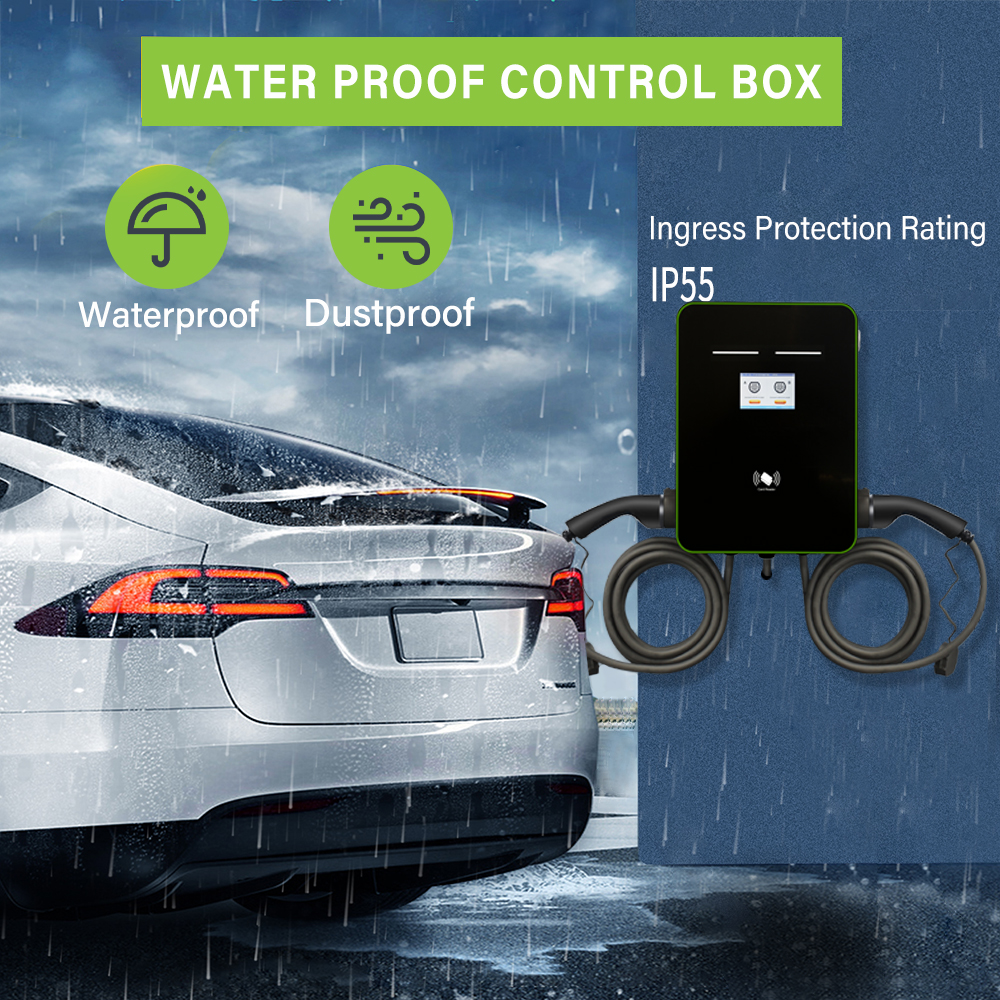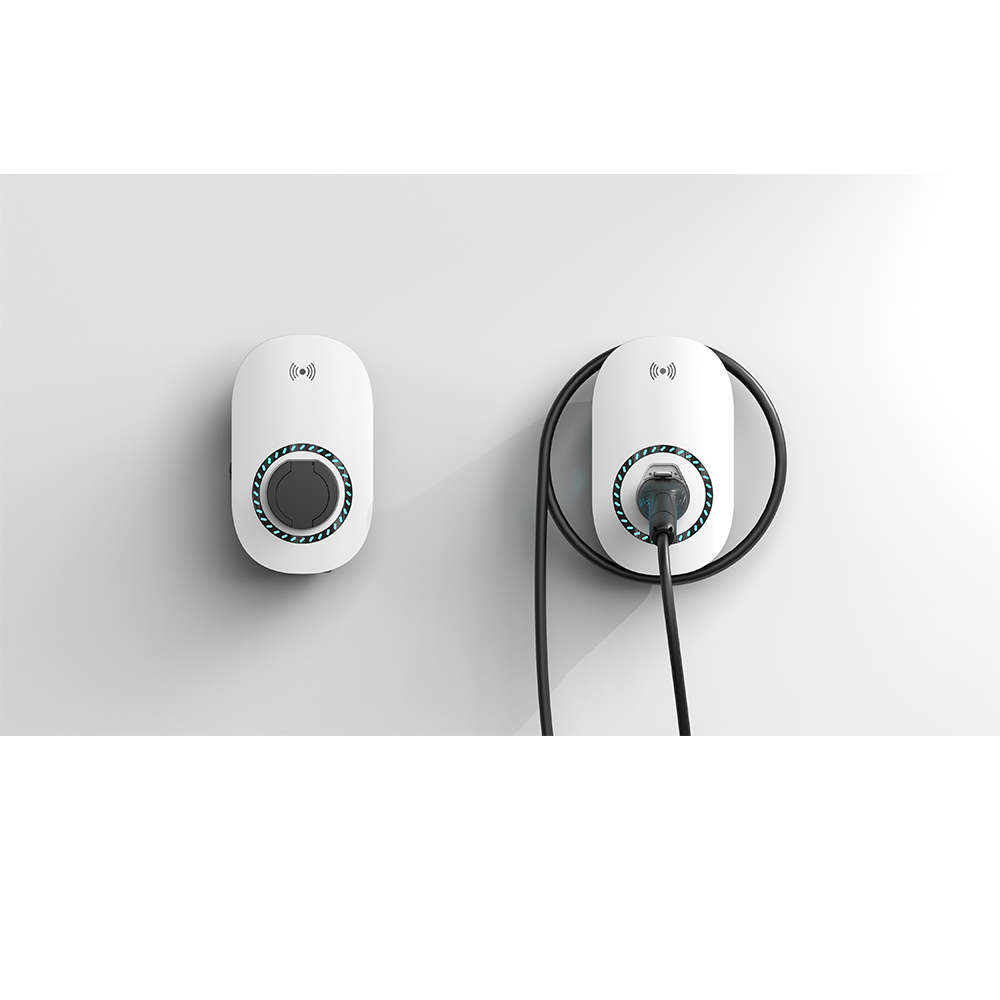Most electric vehicle (EV) owners may be surprised to learn that the electric battery was invented over 200 years ago. While the design, materials, power, and capacity have undergone significant advancements since then, the basic principles have remained unchanged.
It’s safe to say that batteries have become an essential component in consumer electronics, smartphones, and especially electric vehicles. The battery pack, a crucial part of every EV or PHEV, can be complex and require a better understanding to ensure a trouble-free motoring experience. This article will provide everything you need to know about the battery pack.

What Are the Types of Electric Car Batteries?
Every car battery is a device that converts chemical energy into electricity. However, not all batteries use the same materials and technology. There are five main types of batteries that are used in modern EVs.
Lithium-Ion Batteries
Lithium-ion battery packs are widely used not only in modern EVs but in various consumer electronics such as laptops or smartphones due to their excellent characteristics, good power-to-weight ratio, and high-temperature tolerance. Despite their popularity, the manufacturing technology of these batteries is criticized for not being eco-friendly, which calls for the need for more sustainable options.
Nickel-Metal Hydride Batteries
This type of car battery is mostly used in hybrid vehicles, even though they are more expensive to produce and they are not as good as lithium-ion. However, nickel-metal hydride batteries last longer and are better suited for constant charging and discharging procedures, typically found in hybrid vehicles. Also, hybrid cars’ battery packs are smaller than fully electric vehicles.
Lead-Acid Batteries
Lead-acid technology has been around for a long time. It is cheap and dependable but only suited for the starter battery for ICE-powered cars. It is an old 12-volt battery that is sometimes used in modern electric vehicles but only for auxiliary power systems, not for powering the electric motors. Compared to more modern batteries, lead acid has a relatively short lifespan.
Ultracapacitors
Ultracapacitors are used to store polarized liquid between an electrode and an electrolyte. They are not suited for being a primary power source but rather a secondary battery pack used for leveling the load of the main lithium-ion battery pack. Think of them as a halfway house between the big battery and the electric motor, which is sometimes used to enhance acceleration.
Solid-State Batteries
Solid-state batteries are the next big thing in the EV industry, and we can expect to see wide use in several years. Using a ceramic material instead of liquid, solid-state is more environmentally friendly than any listed types and more stable, cheaper, and easier to produce. The experts predict that solid-state will reduce the cost of battery production by up to 40%, which is significant news.
Why Is Capacity for Electric Car Batteries Important?
Battery capacity is a crucial factor in assessing a battery’s potential, power, and energy consumption. Typically measured in kilowatt-hours (kWh), the capacity of most electric vehicle batteries ranges from 30 to 100 kWh. Some manufacturers even offer batteries with up to 200 kWh capacity, which provides impressive range and performance capabilities. In general, a higher kWh indicates a longer range and potentially better performance.
The downside is that big battery packs are often expensive, heavy, and take longer to charge fully. In real-life testing, big battery packs are often more durable than smaller batteries because they take longer to discharge. That is why the capacity of the battery is crucial in understanding your vehicle’s specifications, energy consumption, range, and performance specs.
What Is Electric Car Battery Degradation?
Basically, battery degradation is a chemical process that reduces the battery capacity to full charge and the amount of power it delivers. It is a natural process that occurs after numerous years of constant use, and it gradually makes the battery less capable. When the battery is new, it has 100% SOH (state of health), but after, for example, ten years, the SOH will be around 85%.
The result will not be a slower performance, just a smaller range and the need to charge it more often than before. However, most manufacturers guarantee the SOH for a period of time, so if you are buying a new electric vehicle, you can rest assured that battery degradation isn’t something you need to worry about.
How Long Does an Electric Car Battery Last?
There is no exact way to determine how long does a car battery last. The lifespan depends on various things like mileage, use, climate conditions, maintenance, and so on. However, we see multiple cases where battery packs last for ten years with decent SOH numbers. Most batteries will last at least the manufacturer’s warranty so that you can drive your EV with confidence. Typically, this is eight years or 100,000 miles.
Owners are often advised to avoid DC fast chargers (Level 3 charging) since the burst of high-voltage energy can damage the battery and reduce its life expectancy if it is used too often and to charge it fully. Also, climate plays a significant role since vehicles used in extreme cold tend to lose capacity sooner than the ones used in moderate or warm weather.
How Much Does It Cost to Replace Electric Car Battery?
The single, most expensive item on the EV maintenance list is replacing the whole battery pack in an electric vehicle. Since the battery is massive, heavy, and complicated to remove, replacing it is labor-intensive and requires special procedures and tools. Add to that the significant cost of the battery itself, and you will get an expensive job that can cost as little as a few thousand dollars or as much as $22,000, depending on make model, and battery type.
Despite the fact that those are significant sums, the good news is that the price of EV batteries and labor is slowly decreasing as more and more shops can perform such procedures, and the batteries are getting more affordable. We are still a long way from cheap battery changes, but we are getting there.
Electric Car Battery Disposal & Recycling
The next logical step after battery replacement is battery disposal and recycling, which are currently the big topics in the EV community. At the moment, there is yet to be a universal solution for safe battery disposal and recycling, although the industry has come up with several ideas.
Since EV batteries are physically large, heavy, and bulky, disposal needs to be performed by professionals. Also, since electric vehicle batteries are made from valuable and rare materials (lithium-ion), recycling and reusing would have a lot of sense. However, not all batteries are recyclable, at least not at the moment. There are three main ways of recycling old EV batteries.
- Smelting – It is a process in which the battery is exposed to an extreme temperature, melted, and refined for future use. In most cases, the result cannot be used for making batteries again, but materials obtained through smelting can be used in other industries and for other purposes. This approach can recycle even lithium-ion batteries with some degree of success.
- Direct Recovery – This process is best for the older type of acid-lead batteries and similar items, which are physically dismantled and harvested for lead and other materials. Since battery manufacturers use a lot of valuable metals, direct recovery is sometimes the only way.
- Intermediate Processes – Combining the above two approaches, intermediate processes depend on the type of battery and materials used.
Conclusion
As a fundamental part of any EV or PHEV, the battery pack is a fascinating piece of technology. It can quite possibly be called the heart of an electric vehicle since it provides power to electric motors and determines the range, performance, and energy consumption. If you want your battery to last, you should first understand how it works and what affects its capacity the most. Following the few simple tips and using your EV accordingly will help you avoid expensive maintenance and have it running like a charm.
